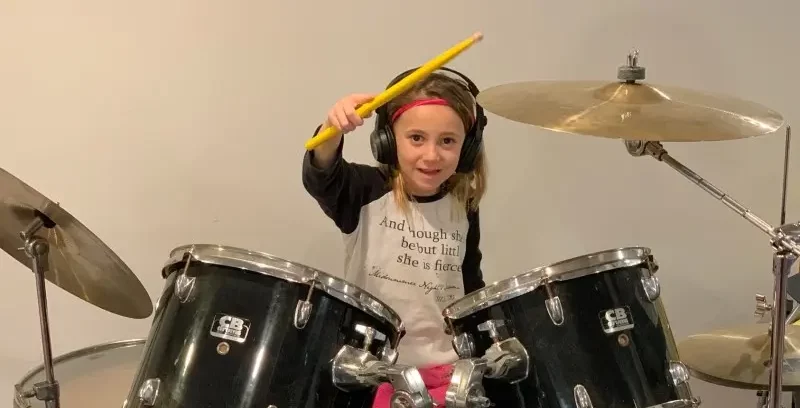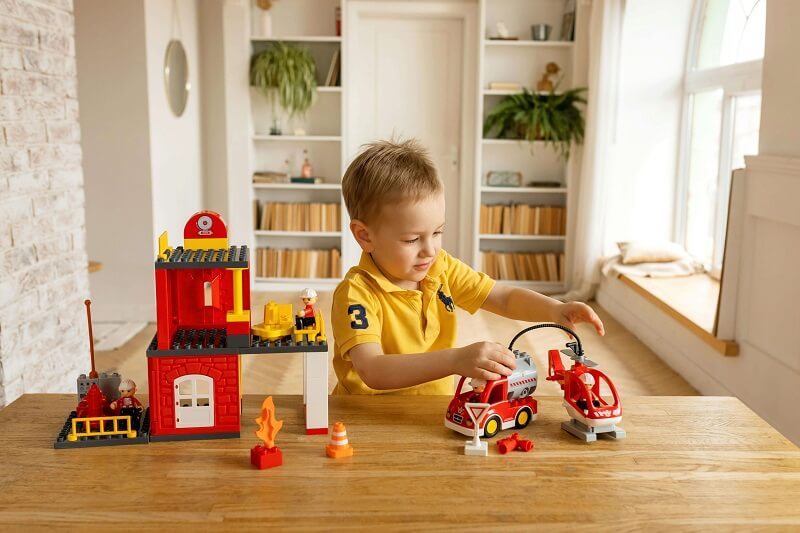Overview
Hi there, aspiring world chess champions! Have you ever wondered why chess is such a unique game? Chess is a really clever game in addition to being entertaining. It makes you able to think clearly. It helps you to plan ahead. And, it lets you enjoy yourself a lot.
This guide is ideal for you if you’re just getting started. To get you started well, we’ll go over the basics of chess. We’ll cover beginner-friendly moves and the best opening moves. Are you prepared to jump right in? Now let’s move!
What is the game of chess?
A two-player board game is called chess. The board is square and has 64 squares arranged in an 8 by 8 grid to play on. Each player starts with 16 pieces. These are eight pawns, a king, a queen, two rooks, two knights, and two bishops.
The object is to checkmate the king of your opponent by positioning it such that it is unable to evade capture.
Organizing the board
Once you know how, setting up the chessboard is simple. Keep in mind this basic principle: “White on the right.” This indicates that the bottom-right square ought to be white. Place the pieces on the back row from left to right: rook, knight, bishop, queen, king, bishop, knight, rook.
Pawns are placed on the row directly ahead of the other pieces. Make sure each player’s queens are on squares of their colors. A white queen on a white square, a black queen on a black square.
The movement of the chess pieces
Every kind of piece moves in a different way:
Pawns
Pawns advance one square but make a diagonal capture. They can advance forward two squares on their first move.
Rooks
Rooks traverse rows and columns in a straight line.
Knights
Knights move in an L-shape, moving one square to the side and two squares in one direction at a time.
Bishops
Bishops are able to travel as far diagonally as desired.
Queens
In all three directions—vertical, horizontal, and diagonal—queens are capable of moving an infinite number of squares.
Kings
Kings can go in any direction for one square.
Fundamental chess rules
The primary aim is to checkmate the king of the opposition. When the king cannot move out of capture and is in a position to be captured, it is in check. This is called “checkmate.”
Players move a single piece at a time in turns. White always goes first.
You capture an opponent’s piece by moving to the square where their piece is. The piece that was captured is taken off the board.
Unique motions:
Castling
The king and one rook are involved in this unique move. You can only move two pieces at once with this move. Move the king two squares in the direction of a rook, then move the rook to the square adjacent to the king in order to castle.
En passant
A unique pawn capture has occurred here. An opponent can capture a pawn that has advanced two squares from its start and landed next to another pawn. They treat the move as though it had only moved one square.
Promotion
A pawn can advance to any other piece—a king excluded—once it gets to the other side of the board. Most participants select a queen.
Chess manoeuvres for novices
Here are some excellent “chess moves for beginners” to get you started on your chess journey:
Control the center
Make an effort to take control of the board’s four center squares (d4, d5, e4, e5). You now have more room and alternatives for your parts as a result.
Develop your components
To give your knights and bishops more authority over the board, move them out early. Move a piece in the beginning just once if absolutely essential.
King safety
Taking care of your king is crucial. To move your king to a safer position, try to castle early.
Top opening moves in chess
The following “best chess opening moves” will help you get off to a good start:
- e4: The King’s Pawn Opening is one of the most often used opening strategies. It facilitates center control and creates pathways for the bishop and queen.
- Another excellent opening that takes control of the center and creates avenues for the bishop is the Queen’s Pawn Opening (1. d4).
- Nf3, the Knight’s Opening: With this move, the knight advances to a strong square and gets ready to take control of the center.
“Chess game basic rules” to recall
- Always plan a few steps ahead of time. Consider your opponent’s movements when planning your strategy.
- Avoid removing your queen too soon. It can end up as a target for the pieces of your opponent.
- To make your pieces function together, try to coordinate them. A great assault or defense might result from a well-executed team effort.
Advice on increasing your chess ability
Practice Frequently
You’ll get better the more you play. Play against a variety of opponents to pick up new tactics.
Take advice from your games
Consider what went well and what didn’t after every game. With time, this will enable you to get better.
See and take notes
Read chess-related books or watch videos. You can learn sophisticated methods and strategies from a variety of excellent sources.
Conclusion
Chess is a fantastic game that teaches you a lot about patience, strategy, and forward planning. You can become a master of chess by mastering the “chess game rules,” practicing beginner chess moves and employing the greatest chess opening moves.
Recall that practice and learning from each game you play are the keys to improving.
Why not enroll in an online chess course if you’re eager to learn more and get more involved in the game? Among the many courses available on Joonify is an excellent chess school that will help you advance your knowledge and tactics.
Joonify offers something for everyone, regardless of age, whether you’re a small child just starting out or a parent hoping to learn with your child.
 0
0
 Share
Share


















Comments
No comments found.